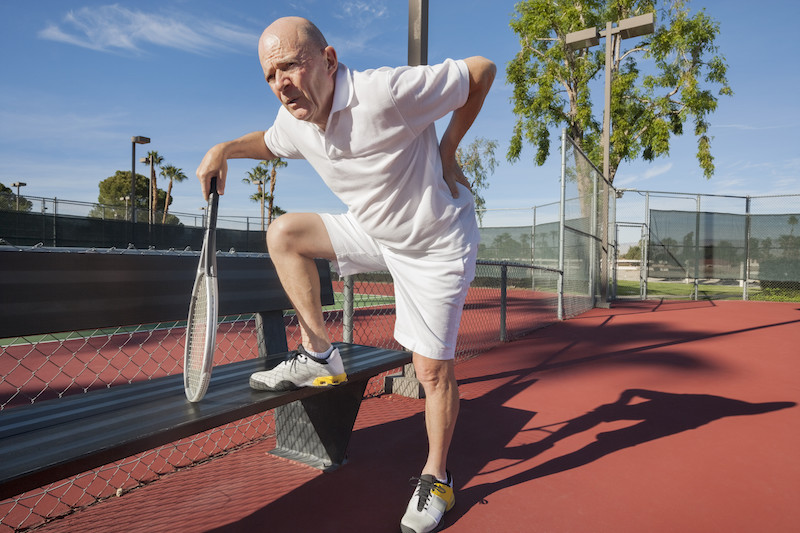For a highly common problem, lumbar radiculitis sure does have a funny name. But the lower back pain – and leg and buttock pain that often accompanies it – feels far from amusing until patients learn their many options for treating it, says Kaixuan Liu, MD, PhD, founder and president of Atlantic Spine Center.
“The most common example of lumbar radiculitis is sciatica, a term many more people have heard of,” Dr. Liu says. “But most people don’t care about the condition’s name – they just want relief. Fortunately, there are quite a few effective choices.”
How does lumbar radiculitis occur? Who’s at risk for lumbar radiculitis? Certain factors make the problem’s development more likely, Dr. Liu notes. These include:
· Falls, auto accidents, sports injuries or other trauma to the lower back
· Occupations or hobbies involving heavy labor
· Family history of radiculitis or other spinal disorders
· Diabetes, which can hinder blood flow to spinal nerves
· Chronic arthritis
· Obesity or overweight, which can strain the back
“Lumbar radiculitis is typically associated with a bulging or herniated disc in the lower spine, which any of these predisposing factors – or the aging process itself – can bring on,” Dr. Liu explains. “Proper diagnosis involves performing several tests, such leg lifts with pressure to various heights, as well as an MRI or CT imaging scan to demonstrate which disc or discs may be herniated.”
Treatment options span from simple to high-tech
Once lumbar radiculitis is properly diagnosed, treatment options range from simple at-home measures to interventions such as surgery, Dr. Liu says. They include:
· Rest: “Staying off your feet for the first 24 to 48 hours after an injury that causes lumbar radiculitis is a major way to avoid ongoing problems,” he says.
· Heat and cold therapy.
· Pain and/or anti-inflammatory medications: These include NSAIDs (nonsteroidal anti-inflammatory drugs), which also alleviate swelling and pressure around the spine.
· Exercises to strengthen the back.
· Weight loss and continued weight control.
· Physical therapy, which may be combined with activity modification.
· Epidural steroid injections into the spinal region.
If surgery is considered, there’s good news: It will probably be minimally invasive. Often, surgical methods to treat lumbar radiculitis are done endoscopically, meaning only tiny incisions are used. Less pain and blood loss, as well as a lower complication rate, are among the many advantages of this surgical approach, Dr. Liu says.
“Unless a patient’s pain is debilitating and severe, or there are concerns about nerve death or other lasting injury, surgery is generally reserved as a last resort to treat lumbar radiculitis,” Dr. Liu says. “But the vast majority of the time, conservative measures do the trick and patients can generally expect significant relief within days to weeks.”
Kaixuan Liu, MD, PhD, is a board-certified physician who is fellowship-trained in minimally invasive spine surgery at Atlantic Spine Center.
The Editorial Team at Lake Oconee Health is made up of skilled health and wellness writers and experts, led by Daniel Casciato who has over 25 years of experience in healthcare writing. Since 1998, we have produced compelling and informative content for numerous publications, establishing ourselves as a trusted resource for health and wellness information. We aim to provide our readers with valuable insights and guidance to help them lead healthier and happier lives.
































